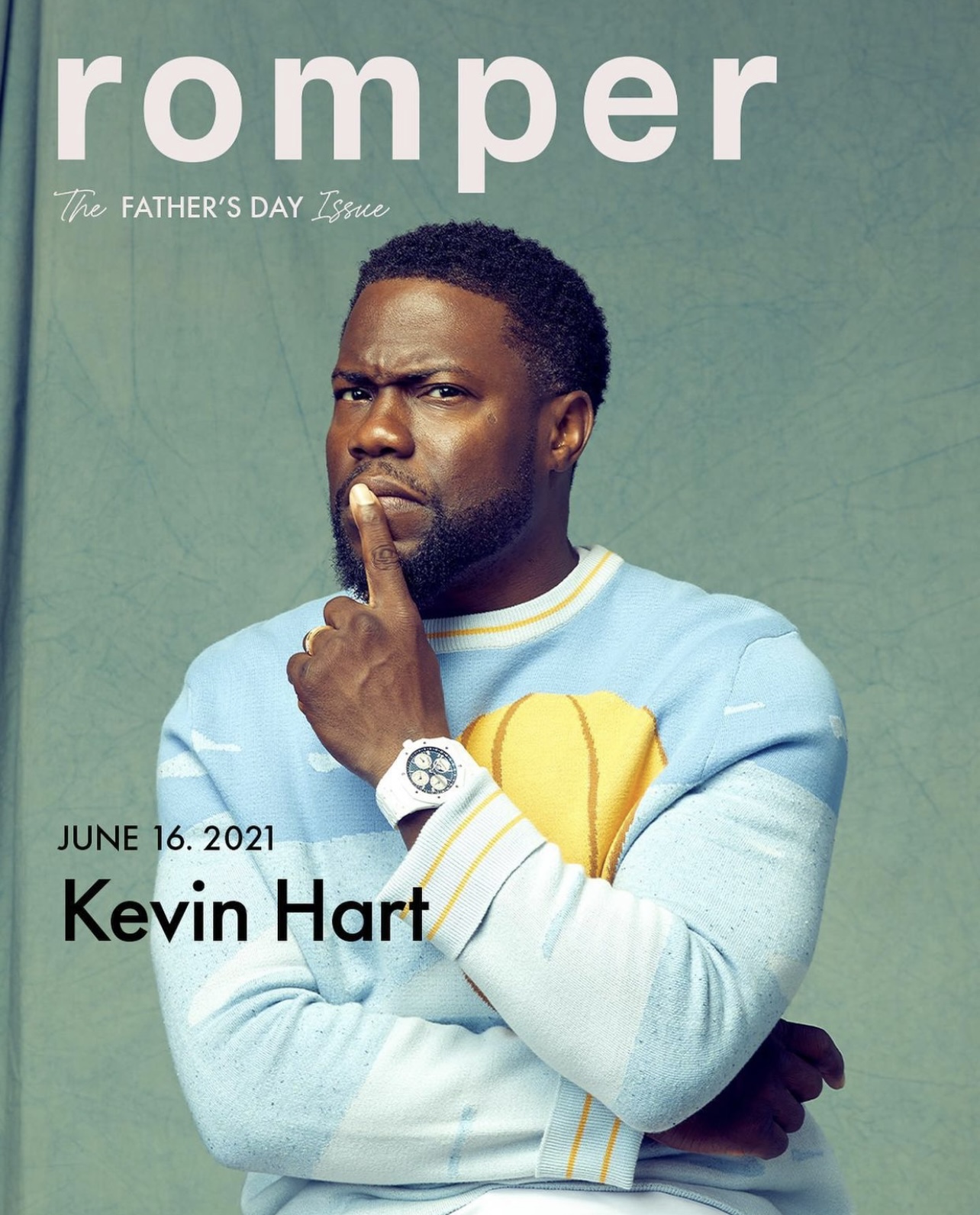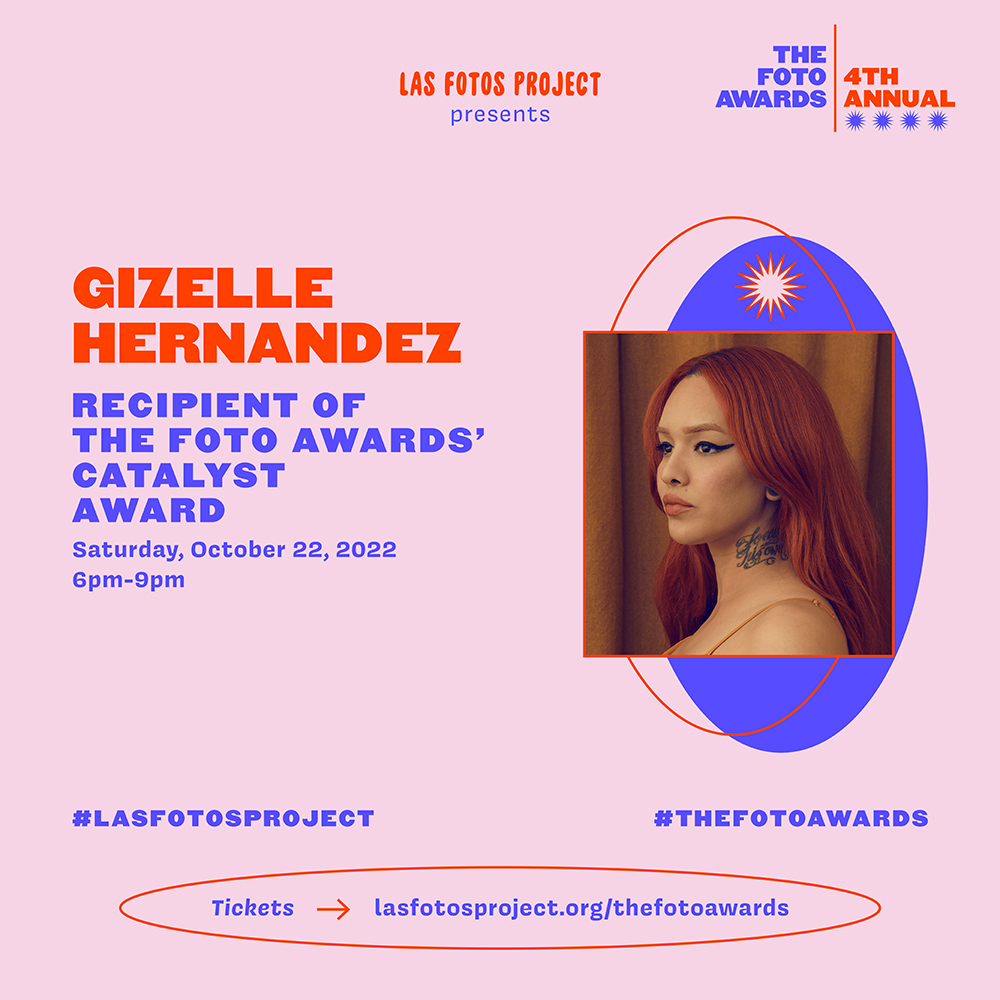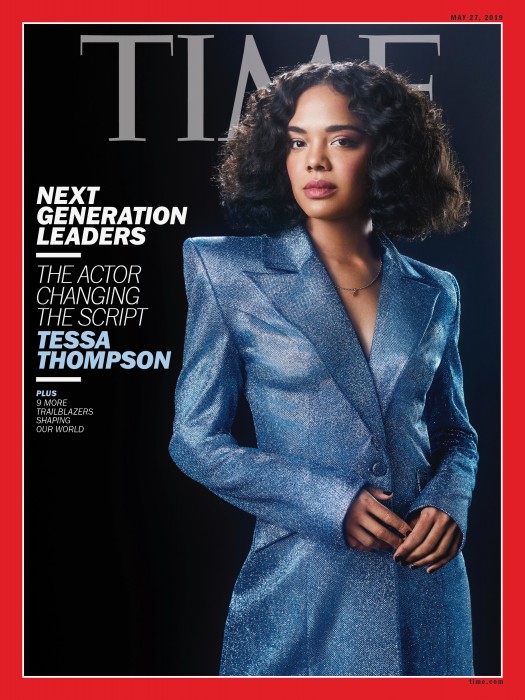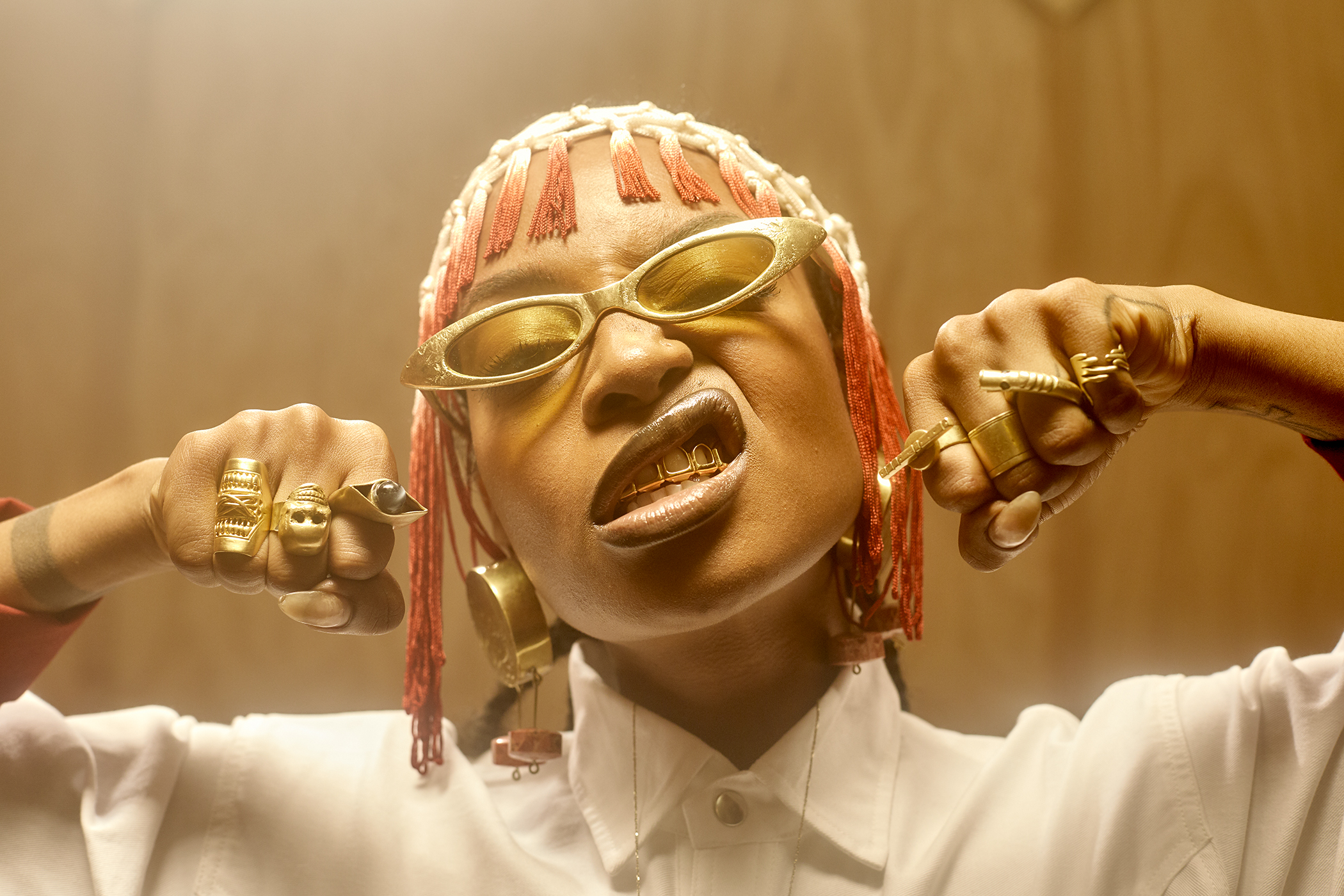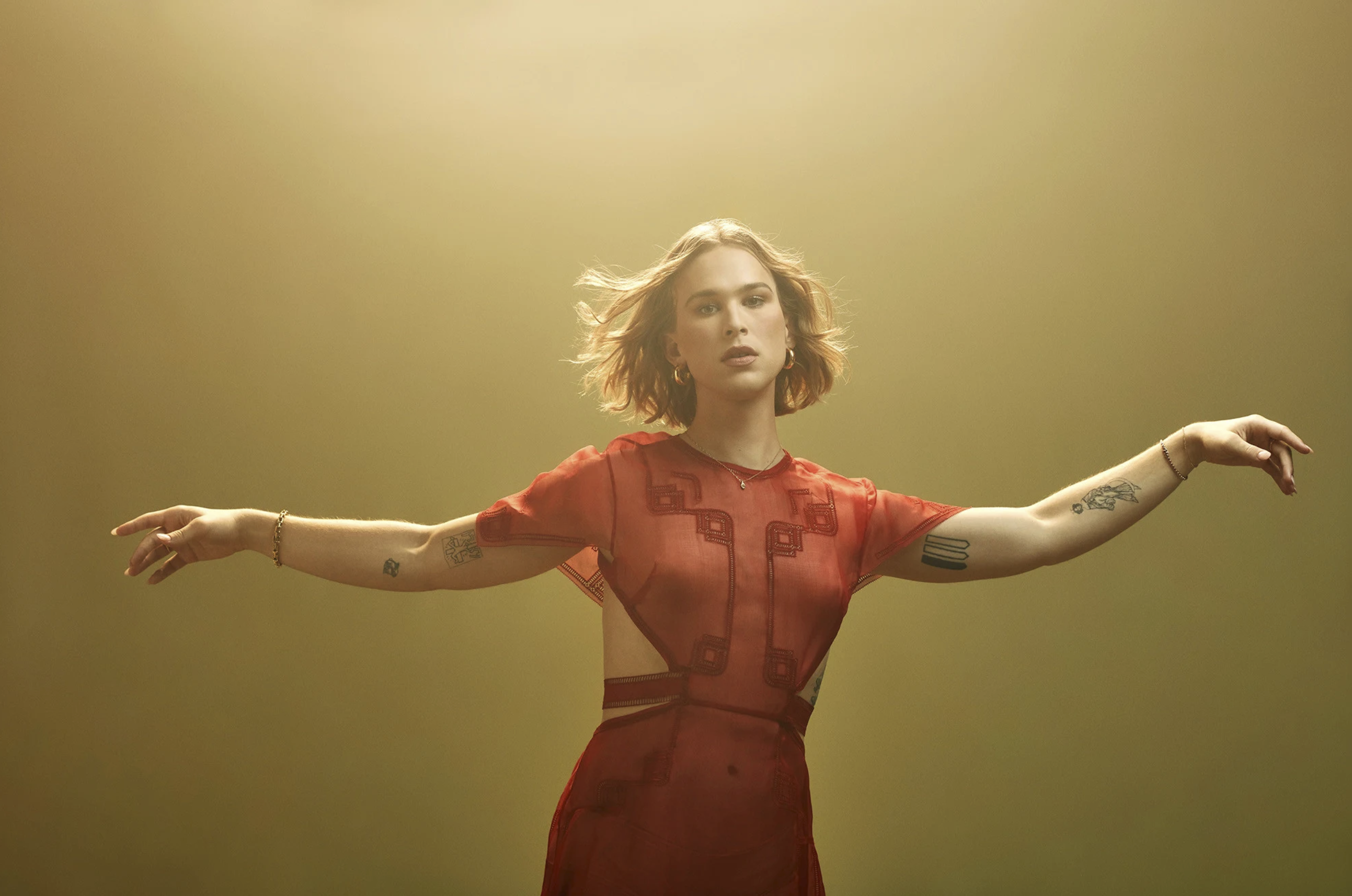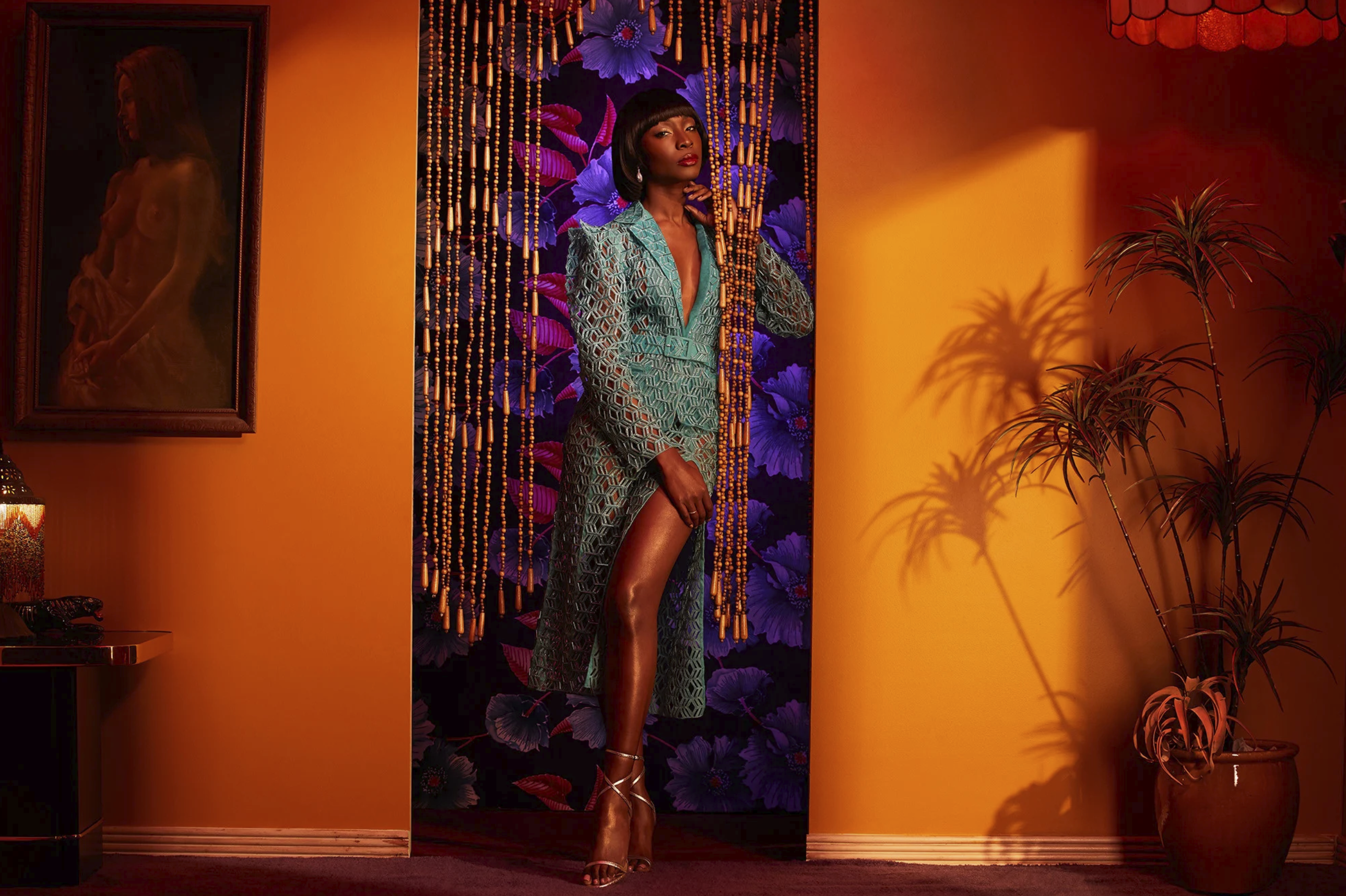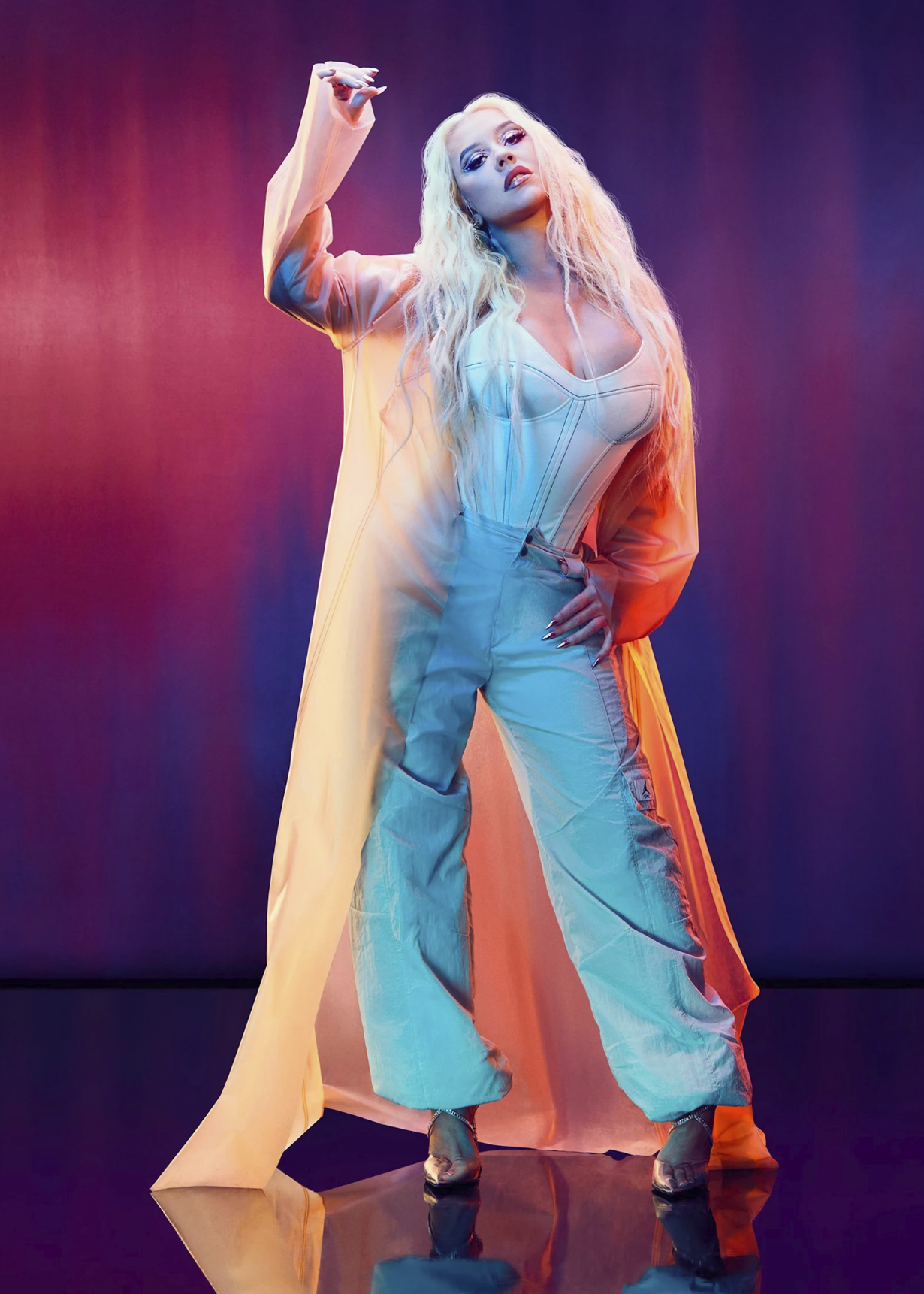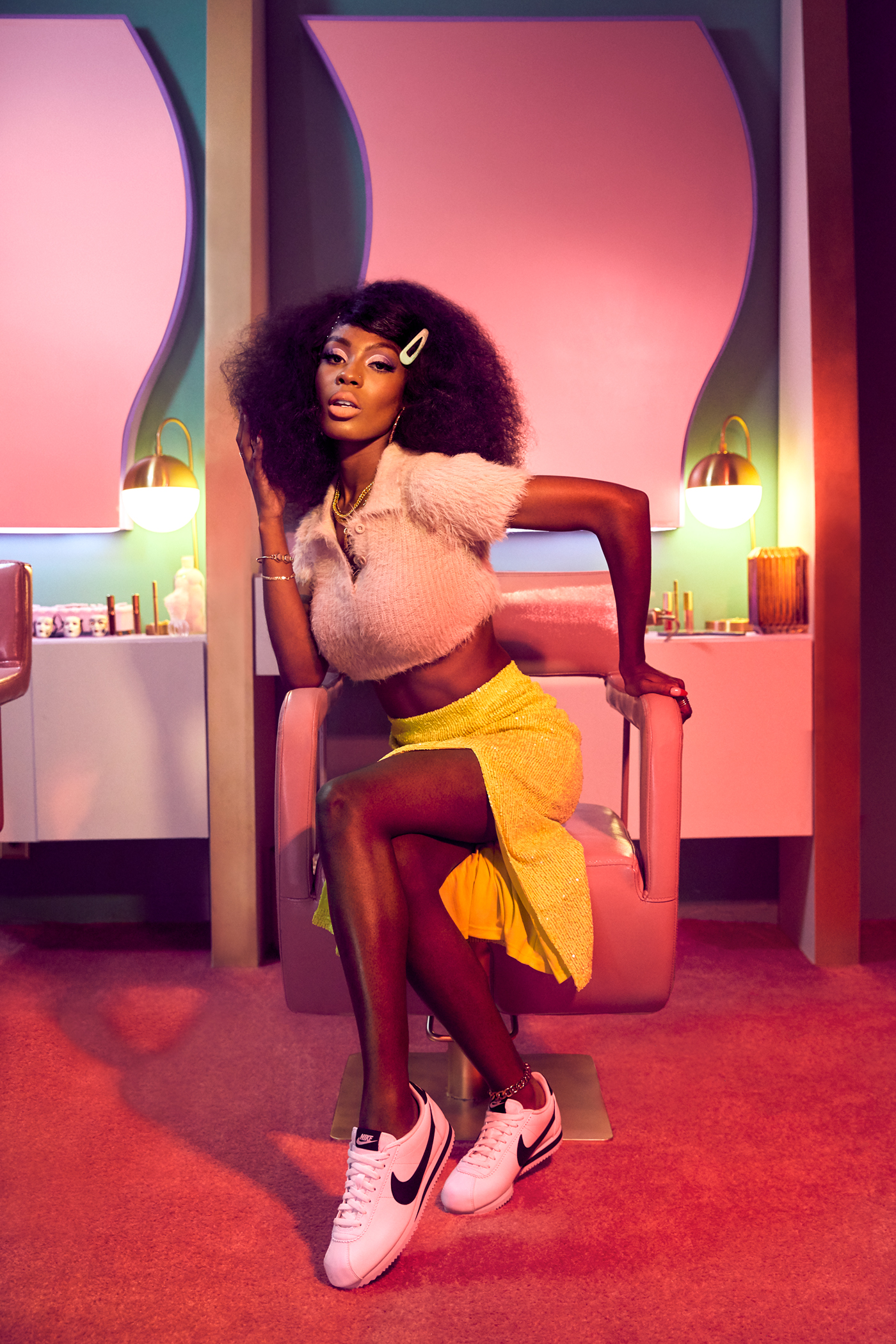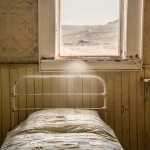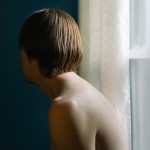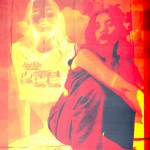THE FOTO AWARDS PRESENTED BY LAS FOTOS PROJECT: Gizelle Hernandez in Conversation with Cat Jimenez
Las Fotos Project was launched to provide opportunities for those who are both systemically and socially silenced to make themselves heard
This week in honor of Latinx Heritage Month, we are celebrating a wonderful organization in Los Angeles, the Las Fotos Project, and The Foto Awards taking place on October 22, 2022. Today we celebrate Catalyst Award Winner, Gizelle Hernandez.
Las Fotos Project’s mission is to elevate the voices of teenage girls through photography and mentoring, empowering them to channel their creativity for the benefit of themselves, their community and future careers. The organization was founded in 2010 to introduce teenage girls to the transformational power of photography and advance positive change in the surrounding community.
Gizelle Hernandez is a Mexican American photographer, filmmaker, and visual storyteller. She is a native to Los Angeles, growing up in South El Monte, CA. She attended Art Center College of Design where she graduated with a B.F.A in Photography and Imaging. Her work is signature in its cinematic lighting, set design, vivid color, and creation of worlds in which her subjects truly come to life.
Follow Gizelle Hernandez on Instagram: @gizellehernandez
Cat Jiminez: What initially drew you to a camera? To make photographs?
Gizelle Hernandez: I think my interest with photography started with the idea of how it brought me and my friends together. It gave me an excuse to think of fun concepts and to have my friends dress up and let loose. At that time it wasn’t about composing the perfect image but more about collaborating and creating characters with my friends/subjects. That foundation has grown but still is a huge part of what I love about photography.
CJ: How did you come to your specific style of vivid technicolor? Can you point to any references or a sum total of experiences?
GH: I’ve always been attracted to vivid, rich colored visuals. I can’t say that I’ve honed in when that started but I do know that watching movies and music videos as a teenager really inspired me to want to create my own work that excited me the way that those did. I didn’t necessarily know early on when I first started doing photoshoots for myself that I wanted rich color it naturally came in my choices in styling, in the elements of the set and then as I envisioned the lighting for each scene it always was most exciting for me to see things with rich color and with lighting that made the set feel like it could possibly be a scene from a movie. The more I shot, the more I started to see my voice form. I saw that my work was starting to feel cohesive and realized that I had a style that was instinctual for me. I’m sure looking at films, magazines and experimenting weighed in on my tastes. I’ve always preferred eccentric and theatrical visuals. I grew up in drama club and acted in plays in high school, which I loved so I think a combination of these experiences shaped my style.
CJ: What or who pushed you to study formally? Do you recommend your specific journey of formal education? What are the pros and cons?
GH: I decided on my own that studying formally was best for my specific situation and personality. There were several reasons for that. I grew up in a low-income neighborhood where I wasn’t exposed to a lot of possibilities for an artistic career. I had no idea what that might entail, I didn’t know anyone doing it and I had no resources to experiment with equipment and considering that lighting was one of the main intrigues for me, I knew that was the best step for me to push through those obstacles. I also am a very passionate person so I wanted to go to a school that was highly focused and would teach me everything from the ground up. I think it varies person to person on whether I’d recommend my educational path to someone. For me, I loved my experience and feel it was a very important part of my journey. It gave me the resources I wouldn’t have had otherwise, surrounded me with talented creatives and allowed me a space to experiment. It also gave me much needed structure to ensure I was learning to manage my time, stick to deadlines and learn how to speak about my work and utilize the constructive criticism to grow as an artist and refine my work. The negative side is the fact that you will have school loans that you are committing to in an industry that is so difficult to break into and maintain.
CJ: Why portraits? What does the role of a model, muse or person play in your photographs as the central figure?
GH: I’ve always been inspired by the individuality of people. Growing up I was surrounded by so many sub cultures including rebels, greasers, rockabilly, punk, and several others. All of these groups of individuals took pride in their style and in being unique and I loved the idea that they weren’t afraid to be different. So I believe that weighs heavily on my intrigue with portraits. To me it’s the idea of capturing the essence of someone, not just documenting them but collaborating with them by trying to create a photograph that gives the viewer a sense of who they are with their pose, a glimpse into their style with their wardrobe and setting of the scene and setting the tone with the lighting. It allows me to play within the realms of what’s reality and what is my own interpretation of a subject. Each person I photograph is the starting point of inspiration and what derives of that determines the elements of the portrait. There are so many layers to a portrait and I love the idea that I get to explore those layers with each subject.
CJ: What are your outside sources of inspiration, or what motivates you to make photographs?
GH: I think one of my biggest motivations to make images comes from wanting to create worlds and moments that exist in my mind. I’d love to make more work that makes viewers feel touched and inspired. The endless possibility for new ideas and moods and emotions set forth in my imagery keeps me hungry and excited to keep growing as an artist.
CJ: Many of your portraits feature people of color? Is that important to you, and why?
GH: When I first started making my own work, I wanted to work with models from modeling agencies as I thought that would elevate my portfolio to have experienced models in it. After I did that for a while I realized it was more important to me to work with subjects that inspire me and that I could possibly relate to. So I started a project photographing people of color in the creative arts as a way to not only make work I was excited about but to also create a community with other artists of color. I met so many talented artists in different creative fields and got to create with them. That was a very special project for me. It’s very important to me to uplift and support other artists of color and work with artists of color when I can. When I first started working in the photo industry and still to this day it isn’t very common to see diversity on set so that’s why it’s important for me to highlight and work with people of color.
CJ: If money, time or deadlines were not considerations, what story would you tell? i.e What is your dream project?
GH: I currently have a project in mind that is in the early concept stage that I’d say if money wasn’t an issue, I’d be able to accomplish it on the scale I’d like to. It would involve stills that I’d love to show as large prints, motion montages and also would result in a book. The gallery show would have installations that play off of the theme as well. The concepts are all based on moments in my memory growing up in a Mexican American household, and all the beauty, uniqueness and complexities of my experiences in my culture as well as growing up in a dysfunctional family. The reason this would be a dream project for me is because I feel that I haven’t been able to express who I am as an individual on a deeper level as much as I’d like to in my art. And being able to create work that speaks to that all while incorporating the way that I like to work with creating sets and scenes and moods.
CJ: What inspires your own personal sense of style, or your “look” in the world?
GH: For my own personal style, I’m inspired by what makes me feel strong and comfortable. I was in sports most of my life (pre-photography) so I tend to find myself inspired by athletic sporty looks mixed with some glam and usually a good amount of accessories. My style is a combination of my athletic background mixed with the glam for my hair and makeup that probably comes from seeing my mom get ready every single day with thick eyeliner, big hair and high heels. My parents grew up in the era of party crews and they would go out a lot so I’d see them both get dressed up and put looks together when I was growing up, I’m sure that influenced some of my sensibilities in my look.
Cat Jimenez has worked at the intersection of photography, technology and culture as producer, programmer and curator for over 15 years. She currently serves as the Head of Production for the Brand Team at Lucid Motors and prior to her current post, she held the role of Executive Producer for Imprint Projects, a creative agency. She was responsible for producing short-form content, social content, printed matter and experiential activations for brands such as the Bill and Melinda Gates Foundation, Levi’s, Sonos, Everlane, method, Dropbox, the San Francisco Museum of Modern Art, Allbirds and many more.
Prior to her post at Imprint Projects, she led the Los Angeles-based, non-profit organization, the Lucie Foundation, as the Executive Director. The Lucie Foundation’s mission is three tiered: to honor master photographers; to discover and cultivate emerging talent; and to promote the appreciation of photography through various programs, which Jimenez has spearheaded during her tenure. The Lucie Foundation is best known for hosting the annual Lucie Awards and the International Photography Awards, held simultaneously at Carnegie Hall every October. “If the Lucies are the Oscars of the photography world, then Cat Jimenez is its Cecil B. DeMille. Not only does she have an eye for talent, she celebrates it, too. For her hard work and dedication to the craft, she deserves a statue of her own,” says Glenda Bailey, Editor-in-Chief of Harper’s Bazaar.
She has directed and produced content pieces for the most celebrated photographers of the 21st century including Albert Watson, David Bailey, Peter Lindbergh, Patrick Demarchelier, Carrie Mae Weems, Dawoud Bey, Graciela Iturbide, Richard Misrach, Mary Ellen Mark, Nan Goldin, Julius Shulman, Bruce Davidson, William Klein, Duane Michals, Elliot Erwitt, Deborah Turbeville, Tina Barney, Sarah Moon and many more.
In 2009, Ms. Jimenez co-founded the annual, city-wide initiative, Month of Photography Los Angeles which presents 30 days of programming. MOPLA’s mission is to create a comprehensive, citywide, collaborative effort that brings together media partners, galleries, institutions and museums in celebration of the photographic form. From outdoor building projections, artist talks and lectures, to exhibitions and screenings, MOPLA provides a platform for the enthusiast, collectors, emerging photographers, and the seasoned and master shooters. MOPLA is currently undergoing a reboot, post-pandemic and will launch again in 2022.
Since 2015 to date, she has acted as the Photography Director for the National YoungArts Foundation Young Arts Week in Los Angeles. The organization’s mission is to identify the most accomplished young artists in the visual, literary and performing arts, and provides them with creative and professional development opportunities throughout their careers. Notable alumnae include poet laureate Amanda Gorman, Viola Davis, Doug Aitken, Jason Moran, Billy Porter, Kerry Washington and hundreds more.
In 2021, she served as the Head Judge of Exposure, a new reality show searching for upcoming photographic talent, produced by Westbrook and streaming now on Hulu.
Follow Cat Jiminez on Instagram: @catjimenez
Posts on Lenscratch may not be reproduced without the permission of the Lenscratch staff and the photographer.
Recommended
-
Arnold Newman Prize: C. Rose Smith: Scenes of Self: Redressing PatriarchyNovember 24th, 2025
-
Celebrating 20 Years of Critical Mass: Cathy Cone (2023) and Takeisha Jefferson (2024)October 1st, 2025
-
Celebrating 20 Years of Critical Mass: George Nobechi (2021) and Ingrid Weyland (2022)September 30th, 2025
-
Celebrating 20 Years of Critical Mass: Amy Friend (2019) and Andrew Feiler (2020)September 29th, 2025
-
Celebrating 20 Years of Critical Mass: Jennifer McClure (2017) and JP Terlizzi (2018)September 28th, 2025

